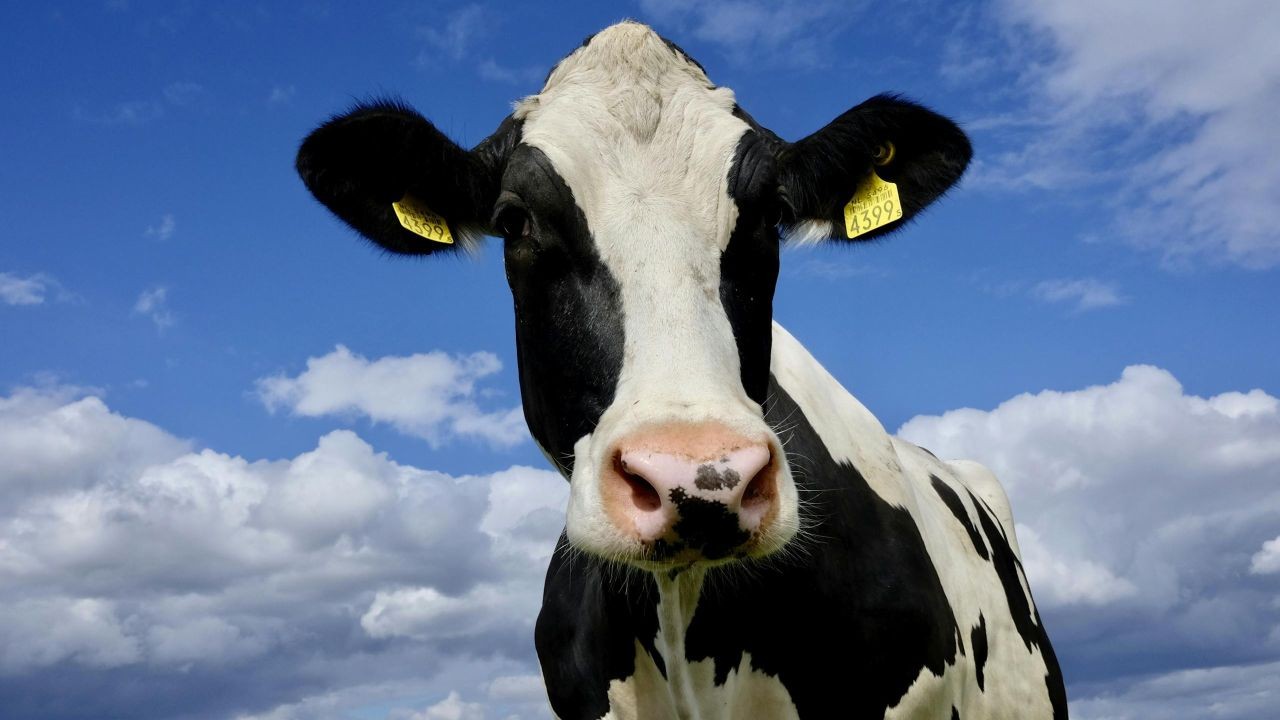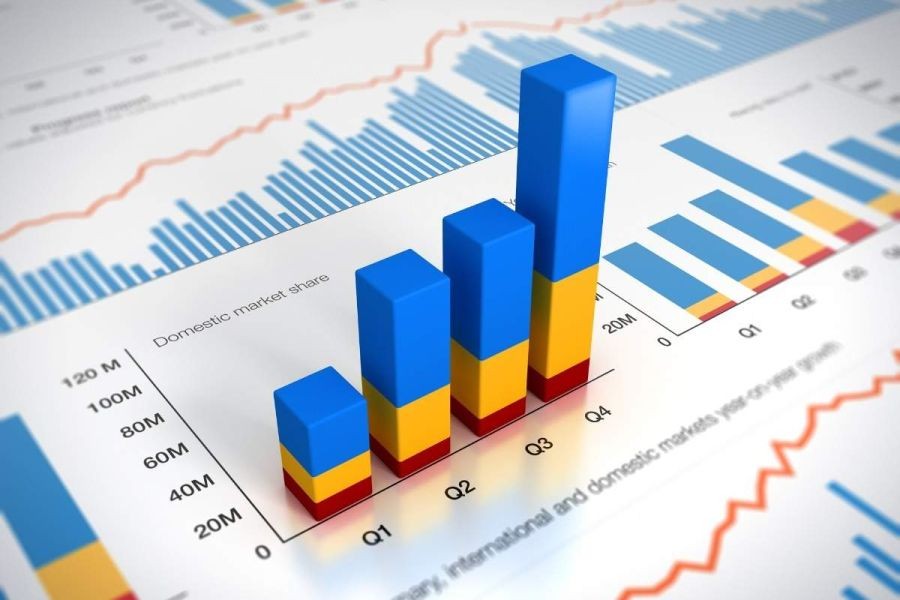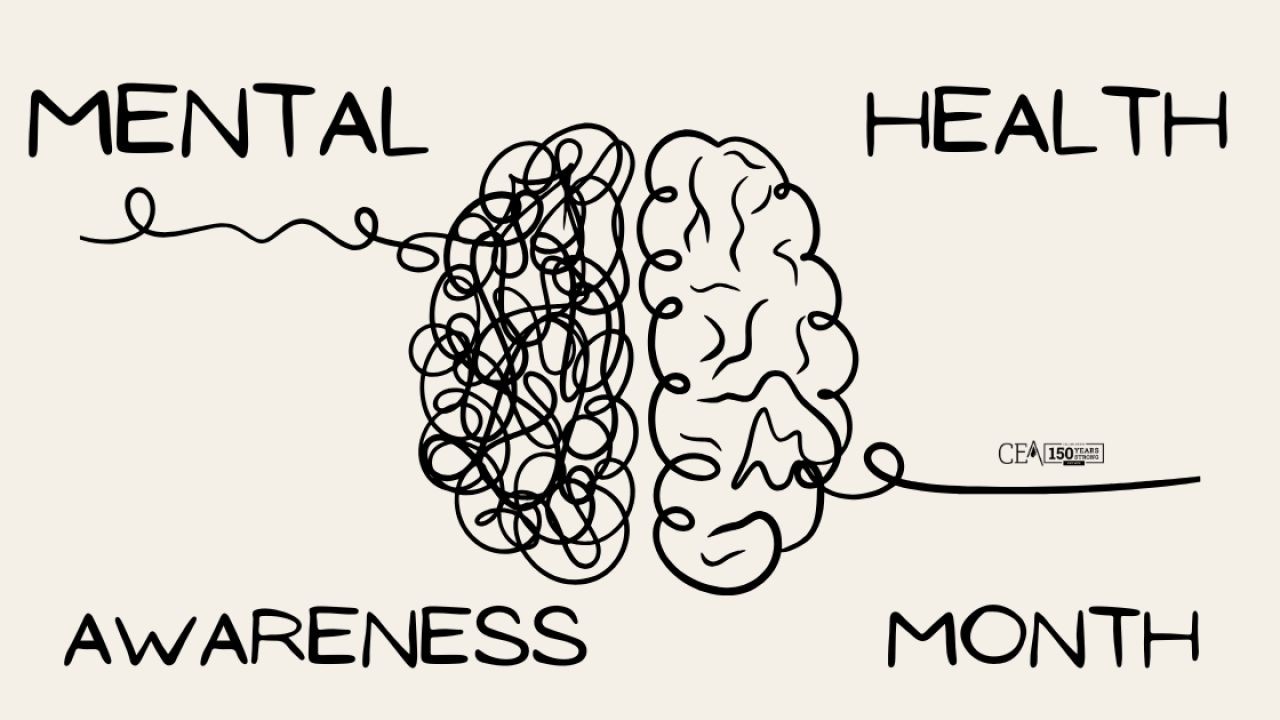Introduction
Imagine a future where New Zealand's dairy industry, long a cornerstone of its economy, faces a monumental shift due to emerging technologies and global pressures. As the world's largest dairy exporter, New Zealand's future hangs in a delicate balance between tradition and innovation. This article delves into what lies ahead for this vital industry, offering technology strategists a comprehensive view of the trends, challenges, and opportunities that will shape the sector in the coming years.
In recent years, technological advancements have begun to transform traditional dairy farming. From AI-driven monitoring systems to precision agriculture, innovation is no longer a supplementary aspect but a necessity for survival. The Reserve Bank of New Zealand highlights that the dairy sector accounts for over 3% of the national GDP, underscoring its significance. As global demands shift and environmental concerns rise, the industry must adapt to maintain its competitive edge. But how exactly will New Zealand's dairy industry navigate this transformative period? Let's explore.
How It Works: The Current Landscape and Emerging Technologies
New Zealand's dairy industry is renowned for its grass-fed cattle, a practice that not only enhances the nutritional value of its milk but also aligns with global sustainability trends. However, the integration of technology is reshaping how dairy farming operates. Key innovations include:
- AI-Driven Monitoring Systems: These systems use sensors and data analytics to optimize animal health and productivity. For instance, they can detect early signs of illness, reducing veterinary costs and improving milk yield.
- Precision Agriculture: Utilizing GPS and IoT devices, farmers can manage resources more efficiently, optimizing land use and reducing environmental impact.
- Automated Milking Systems: These systems increase efficiency and reduce labor costs, enabling farmers to scale operations sustainably.
While these technologies promise enhanced productivity and sustainability, they also require significant investment and a shift in traditional farming practices. As New Zealand's Ministry of Business, Innovation, and Employment notes, there is a growing need for upskilling the workforce to harness these technologies effectively.
Comparative Analysis: Global Trends and Their Impact on New Zealand
Globally, the dairy industry is facing increased scrutiny over its environmental impact. Countries like Denmark and the Netherlands are pioneering carbon-neutral dairy farming, setting a benchmark for others to follow. New Zealand, with its strong environmental ethos, is well-positioned to lead in this domain. However, achieving this requires overcoming several challenges:
Pros and Cons of Technological Integration
As New Zealand embraces technological advancements, it's essential to weigh the pros and cons:
Pros:
- Increased Efficiency: Automating processes can significantly reduce labor costs and increase productivity.
- Improved Sustainability: Precision agriculture and AI can lead to better resource management, reducing the industry's carbon footprint.
- Competitive Advantage: Early adopters of technology can set themselves apart in a competitive global market.
Cons:
- High Initial Costs: Implementing new technologies requires substantial investment, which may not be feasible for all farmers.
- Workforce Displacement: Automation may lead to job losses, necessitating retraining and reskilling programs.
- Data Privacy Concerns: With increased data collection comes the responsibility to protect sensitive information.
Case Study: Fonterra's Innovative Approach
Problem: Fonterra, New Zealand's largest dairy cooperative, faced challenges with fluctuating global milk prices and increasing environmental regulations.
Action: To address these, Fonterra invested in AI-driven analytics and blockchain technology to enhance supply chain transparency and efficiency. They also launched sustainability initiatives to reduce carbon emissions and water usage.
Result: Within two years, Fonterra reported a 15% increase in operational efficiency and a significant reduction in environmental impact, aligning with their goals of carbon neutrality by 2030.
Takeaway: Fonterra's success underscores the importance of technological integration and sustainability in maintaining competitive advantage. New Zealand's dairy industry can leverage similar strategies to navigate future challenges effectively.
Common Myths & Mistakes
As the industry evolves, several misconceptions persist:
Myth: "Traditional farming methods are sustainable enough." Reality: While traditional methods are foundational, integrating technology is crucial for enhancing sustainability and meeting global standards.
Myth: "Automation will lead to massive job losses." Reality: While some roles may be displaced, new opportunities will emerge in tech-driven areas, necessitating workforce adaptation.
Myth: "New Zealand's dairy industry is immune to global market fluctuations." Reality: As a major exporter, the industry is significantly impacted by global trends, necessitating proactive strategies to mitigate risks.
Future Trends & Predictions
Looking ahead, several trends are poised to shape New Zealand's dairy industry:
- Sustainability Focus: By 2028, it's predicted that over 50% of New Zealand's dairy farms will adopt carbon-neutral practices, driven by both regulatory pressures and market demand.
- Technological Adoption: As AI and IoT technologies become more accessible, their integration will become standard practice, enhancing efficiency and sustainability.
- Market Diversification: With increasing global demand for plant-based alternatives, New Zealand's dairy industry may explore diversification strategies, leveraging its expertise in high-quality production.
Conclusion
New Zealand's dairy industry stands on the cusp of transformation, driven by technological advancements and global shifts. For technology strategists, understanding these dynamics is crucial to navigating and capitalizing on emerging opportunities. As the industry evolves, it's imperative to embrace innovation while maintaining the values that have long defined New Zealand's dairy excellence.
What’s your take? How do you see these trends impacting the future of New Zealand's dairy industry? Share your insights in the comments below!
Related Search Queries
- Future of New Zealand dairy industry
- Technological advancements in dairy farming
- New Zealand dairy export trends
- Sustainability in dairy farming
- Impact of AI on dairy industry
- Dairy farming challenges in New Zealand






























